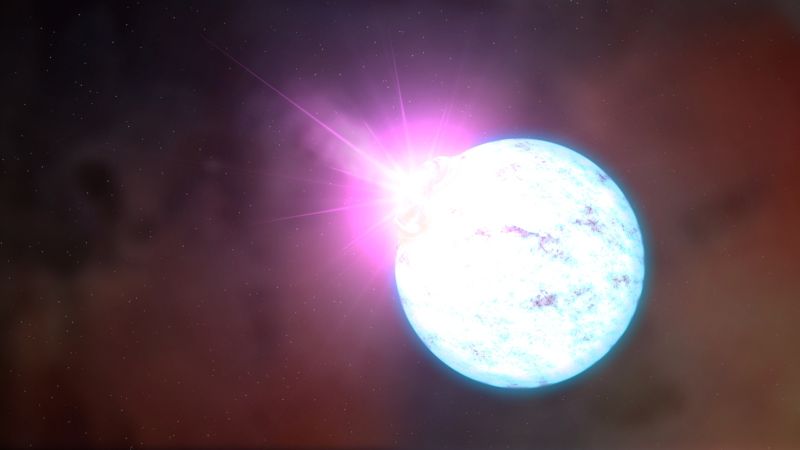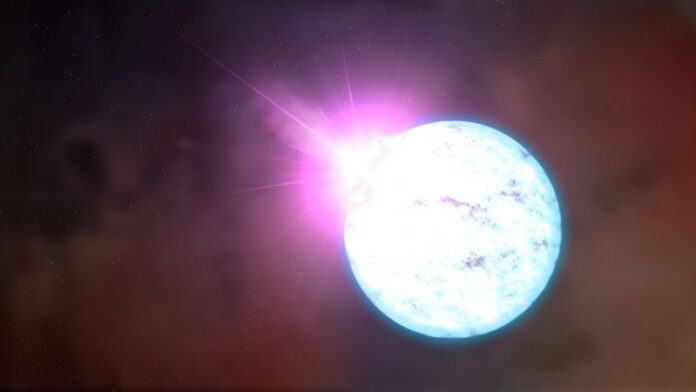
Enlarge / An event on the surface of a magnetar may produce fast radio bursts. (credit: NASA's Goddard Space Flight Center)
Fast radio bursts are exactly what their name implies: a sudden surge of photons at radio frequencies that often lasts for less than a second. Once scientists had finished convincing themselves that they weren't looking at equipment glitches, the search was on for what was producing the vast amounts of energy involved in a fast radio burst (FRB).
The discovery of the first repeating FRB told us that the process that generates an FRB doesn't destroy the object that does the producing. Eventually, an FRB was found that was associated with events at additional wavelengths, allowing the source to be identified: a magnetar, a subset of neutron stars that has the Universe's most extreme magnetic fields. While that represents excellent progress, it still doesn't tell us anything about the physics of how the burst is produced—knowledge that would presumably tell us why most magnetars don't produce them and why the burst tends to start and stop so suddenly.
Now, researchers have identified an FRB that helps limit our ideas about what can produce them. The FRB itself appears to be a single event, but it's composed of nine individual bursts separated by about 215 milliseconds. The rapid pace means that the source of the burst almost certainly has to be near the surface of the magnetar.
Read 12 remaining paragraphs | Comments
Ars TechnicaContinue reading/original-link]




